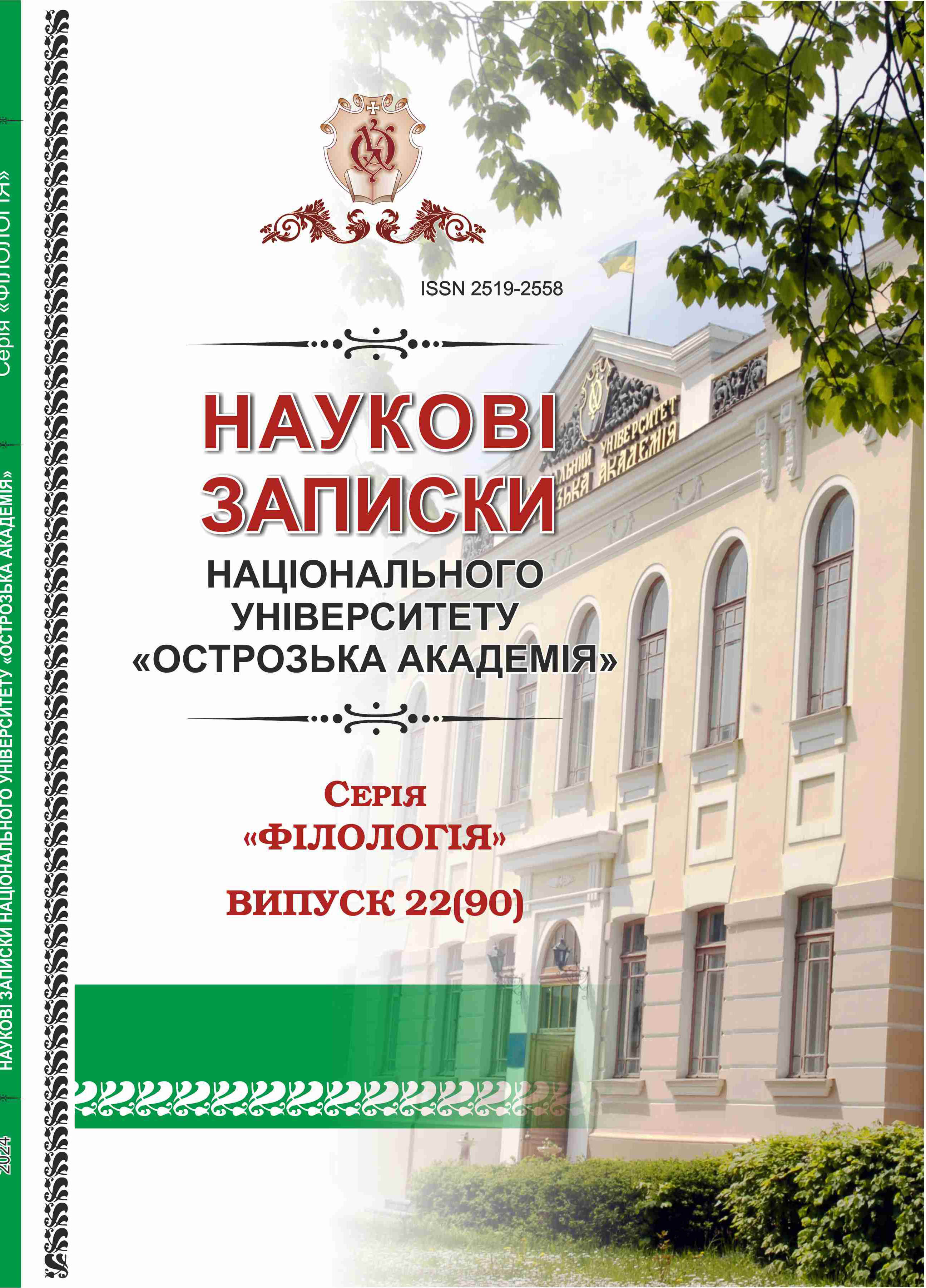СТРУКТУРНО-СЕМАНТИЧНІ ОСОБЛИВОСТІ АНГЛІЙСЬКИХ СУБСТАНТИВНИХ КОМПОЗИТІВ
Ключові слова:
композити, субстантивні композити, структурні особливості, семантичні особливості, художня літератураАнотація
Статтю присвячено дослідженню структурно-семантичних особливостей англійських субстантивних композитів у романі Д. Еґґерса «Сфера». Досліджувані одиниці мають морфологічні властивості та виконують синтаксичні функції іменника. У реченні вони можуть виступати у ролі підмета, додатка, обставини та іменної частина складеного присудка. У досліджуваній вибірці переважають композити, які складаються з двох основ. Наявні композити, які містять три основи, а також виявлено приклад лексикалізованої синтаксичної одиниці. Частиномовний аналіз складових компонентів досліджуваних субстантивних композитів показав, що вони утворені переважно шляхом безафіксного словоскладання за різними структурними моделями, першим компонентом у яких може виступати іменник, дієслово, прикметник, прийменник, прислівник і Participle I. Однак кількісно ці структурні типи представлені по-різному, переважає модель [N+N]=N. Виявлено також приклади субстантивних композитів, утворених шляхом деривації, а саме поєднання основ з формантом -er [N+V+er]=N. Запропоновано тематичну класифікацію англійських субстантивних композитів у романі Д. Еґґерса «Сфера». Досліджувані субстантивні композити поділено на 13 тематичних груп, серед яких домінують назви предметів. Також виділено окрему групу одиниць, які Д. Еґґерс придумав для свого твору, щоб краще передати образ компанії. За принципом відношення самого композита до його складових, було виділено ендоцентричні, екзоцентричні композити та апозиційні композити. Виявлено лише один приклад копулятивного складного слова, елементи якого доповнюють один одного, проте в той же час є незалежними та рівноцінними семантичними ядрами.

